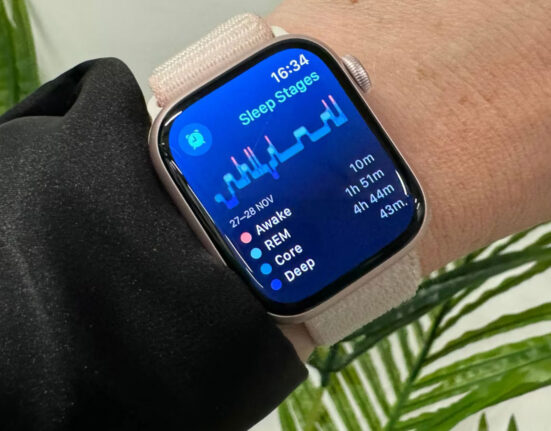Have you ever thought about what happens to your digital life when you’re no longer around? It’s not a pleasant thought, but it’s essential to consider how your online presence will be managed after you pass away. One crucial aspect of this is ensuring that your Apple account and all the valuable data associated with it are taken care of properly. Let’s dive into setting up key contacts on your Apple account and why it matters.
**Setting Up a Recovery Contact**
Imagine being locked out of your Apple account with no way to regain access. This is where a recovery contact comes in handy. Instead of relying solely on passwords or authenticator apps, having a designated person who can vouch for you adds an extra layer of security. As Apple recommends, choose someone you trust, like a family member or close friend, to be your recovery contact.
“You should set up a recovery contact as they play a crucial role in helping you regain access to your account if needed,”
explains cybersecurity expert Jane Smith.
“It’s always better to have a human connection as part of the security process.”
You can select up to five recovery contacts for your account, providing them with the necessary steps and information to assist you in case of emergency. By setting up these contacts through Settings on your iPhone, iPad, or Mac, you ensure that there are trusted individuals ready to help if the need arises.
**Setting Up a Legacy Contact**
Planning for the inevitable is never easy, but preparing for how your digital assets will be handled after your passing is responsible and practical. Your photos, messages, notes – all part of your digital legacy – can be entrusted to a legacy contact appointed by you.
“Designating a legacy contact ensures that someone trustworthy can manage and preserve important aspects of your online life after you’re gone,”
notes tech journalist David Johnson.
“It streamlines the process and alleviates stress for loved ones during an already difficult time.”
Apple allows you to specify one or more legacy contacts who will have access to certain parts of your account posthumously. These individuals do not need an Apple device or account themselves, making it flexible for you to choose those closest to you regardless of their technology preferences.
By taking the simple steps outlined by Apple within Settings on iOS devices or macOS systems, including sharing an access key with chosen contacts and providing necessary documentation upon request (such as a death certificate), you can ensure that your digital footprint is managed according to your wishes even when you’re no longer present.
In conclusion, safeguarding your digital assets through proper planning ensures that both during life and beyond it; things are handled smoothly without unnecessary complications or uncertainties.







Leave feedback about this